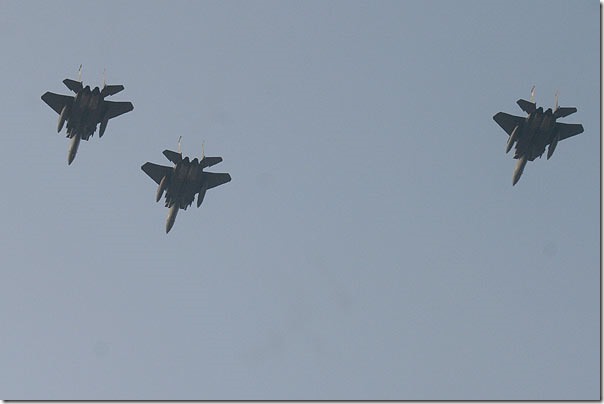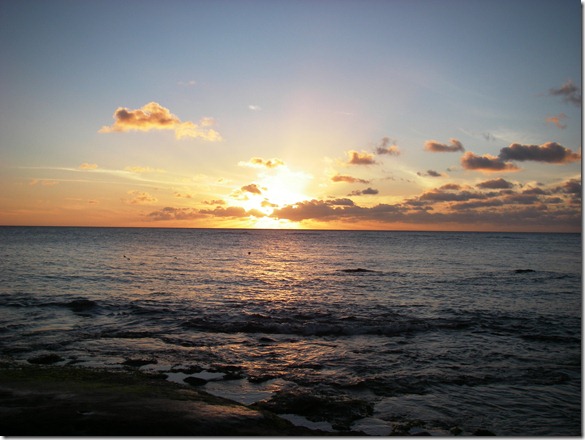New Command update available!
We just posted Build 446 on the MG forums:
This release is an update to v1.01.
The main feature of this update is much improved support for higher-DPI (125% font size) desktop environments. There are also lots of UI & performance improvements & fixes as well as numerous DB updates & additions.
Read the full release notes and download the update from the forum post!
Farewell, Klaus
HAF celebrates its 100 years
Join us at Tanagra AFB on November 6!
 |
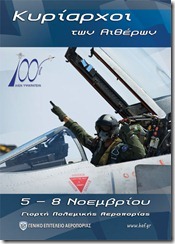 |
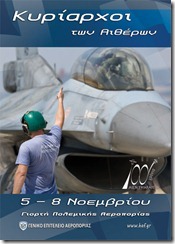 |
 |
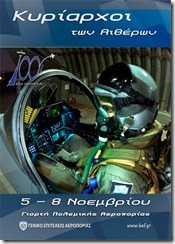 |
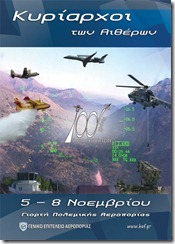 |
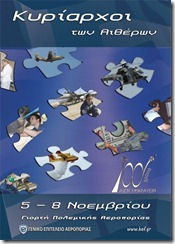 |
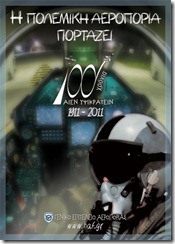 |
Darren Buckley 10/26/1966–7/27/2011
Thank you for everything, Darren. Fair seas.
– The WarfareSims admins
New Command video: Mines in the Hormuz straits
Build 160 of Command was released today to the internal testing crew, and it features a significant new feature: Individual naval mines. Command is the first air/naval wargame of its class to model individual mine objects (as opposed to abstract “minefield” objects commonly employed in similar games, both on paper and computer) so this event marks a new milestone for the genre.
There are several reasons why mine warfare, an absolutely essential part of air/naval operations, has been poorly represented in games of this scale so far: Laying, hunting and sweeping mines is a slow, tedious process typically performed by positively unsexy platforms. Properly modeling a non-trivial minefield requires placing and tracking up to thousands of mine objects, a work that can extremely time-consuming (on paper) or CPU-killing (in computers) or both. Finally, public documentation on mine seeker & activation systems, underwater shock mechanics and mine sweeping/hunting technologies and countermeasures is less extensive than on other naval weapons.
The Command development team has applied a number of solutions to the above problems and has produced a “Mk.1” implementation which, albeit limited in several ways (see below) still sets new standards for simulation fidelity in its category.
Let’s take a look at a common what-if scenario for mine aficionados: Interdicting the straits of Hormuz. (Watch in full-screen HD for better detail)
A small USN amphibious group (an Essex LHD and a Mars replenishment ship, escorted by a Ticonderoga cruiser and a Burke destroyer) is about to enter the straits in order to transit to the Persian Gulf. Unknown to them, we are laying a pre-made minefield using the relevant scenario editor functionality. We are laying approximately 500 mines, half of them moored and the other half floating ones. Despite stumbling on some of the mines and setting them off, the group crosses the minefield seemingly intact – however, close examination of the ships’ damage reports reveals that most of them have suffered substantial hull damage and many of their critical systems have been damaged or destroyed; the group is thus now a significantly easier target for follow-up attacks or may even have to abandon its mission altogether.
Several things to note:
- Platform-initiated minelaying and minehunting/sweeping is not included in this implementation, so only “pre-existing” minefields are supported. As can be seen, however, laying such minefields is literally a few clicks’ job.
- Four mine categories are currently supported: Floaters, moored, mobile and bottom-laid. Rising/rocket mines (like the very dangerous Chinese-made, Iranian-owned EM-52) are included as part of the moored category.
- Emphasis has been given on making the mine operation efficient in terms of CPU/RAM resources. A scenario author can place even thousands of mines or more and still get good performance (depending on the hardware of course).
- Each mine category (and indeed in most cases each individual mine type) has its own operating depth restrictions. This, combined with the fact that most seabeds are non-uniform in their depth, means that laying a single-type minefield is frequently impractical. A multiple-type minefield is both easier to lay and tougher for an adversary to sweep.
- The mines are assumed to have a generic pressure/magnetic fuze with a nominal detection range of 150-200m, modified by the size of the ship/submarine being detected. As minehunting/sweeping is introduced in later revisions of the model the seeker types & capabilities will have to be explicitly defined.
- Most modern mines follow a two-step arming & detonation logic: First the detection of an incoming valid target “wakes up” the mine, and only when the distance to the target opens (ie. the target is passing its nearest point relative to the mine, almost certainly beam-on) the warhead detonates. This protects the mine against simple “prodding” sweeps, retains the element of surprise and ensures the maximum damage to the target. Command models this faithfully.
- After this video was published, a flaw was discovered in the code that models the underwater shock generated by a mine detonation. This resulted in the shock being less powerful than in real life (dissipating at a faster rate, in fact). This was rectified in Build 161 (under development) and as a result mines are now much more damaging than what is demonstrated on the video.
- The “killer bubble” effect is not yet represented; this is a future addition.
We will be providing more updates in the future on this significant feature as additional aspects of mine operations are implemented, such as realistic laying and hunting/sweeping performed by suitably equipped platforms.




